
- For PC
- For MAC
- For Linux
- OS: Windows 7 SP1/8/10 (64 bit)
- Processor: Dual-Core 2.2 GHz
- Memory: 4GB
- Video Card: DirectX 10.1 level video card: AMD Radeon 77XX / NVIDIA GeForce GTX 660. The minimum supported resolution for the game is 720p.
- Network: Broadband Internet connection
- Hard Drive: 17 GB
- OS: Windows 10/11 (64 bit)
- Processor: Intel Core i5 or Ryzen 5 3600 and better
- Memory: 16 GB and more
- Video Card: DirectX 11 level video card or higher and drivers: Nvidia GeForce 1060 and higher, Radeon RX 570 and higher
- Network: Broadband Internet connection
- Hard Drive: 95 GB
- OS: Mac OS Big Sur 11.0 or newer
- Processor: Core i5, minimum 2.2GHz (Intel Xeon is not supported)
- Memory: 6 GB
- Video Card: Intel Iris Pro 5200 (Mac), or analog from AMD/Nvidia for Mac. Minimum supported resolution for the game is 720p with Metal support.
- Network: Broadband Internet connection
- Hard Drive: 17 GB
- OS: Mac OS Big Sur 11.0 or newer
- Processor: Core i7 (Intel Xeon is not supported)
- Memory: 8 GB
- Video Card: Radeon Vega II or higher with Metal support.
- Network: Broadband Internet connection
- Hard Drive: 95 GB
- OS: Most modern 64bit Linux distributions
- Processor: Dual-Core 2.4 GHz
- Memory: 4 GB
- Video Card: NVIDIA 660 with latest proprietary drivers (not older than 6 months) / similar AMD with latest proprietary drivers (not older than 6 months; the minimum supported resolution for the game is 720p) with Vulkan support.
- Network: Broadband Internet connection
- Hard Drive: 17 GB
- OS: Ubuntu 20.04 64bit
- Processor: Intel Core i7
- Memory: 16 GB
- Video Card: NVIDIA 1060 with latest proprietary drivers (not older than 6 months) / similar AMD (Radeon RX 570) with latest proprietary drivers (not older than 6 months) with Vulkan support.
- Network: Broadband Internet connection
- Hard Drive: 95 GB
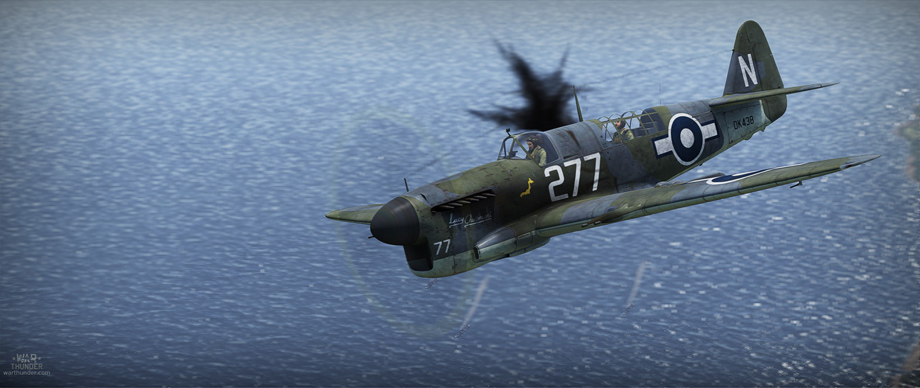
Firefly F Mk I 'Lucy Quipment' of the 1771 Sqd, HMS Implacable, 1945.
Camouflage created by cerbera15 | Download here
The Fairey Firefly was the Royal Navy's last wartime Carrier-borne two seat fighter designed to serve in the Fleet Air Arm. It was proficient in the fighter-bomber, ground strike, anti-shipping and anti-submarine roles. A true multirole aircraft in every sense of the word, from its early variants the Firefly would go on to even see combat service in the Korean War of the 1950s.
In War Thunder:
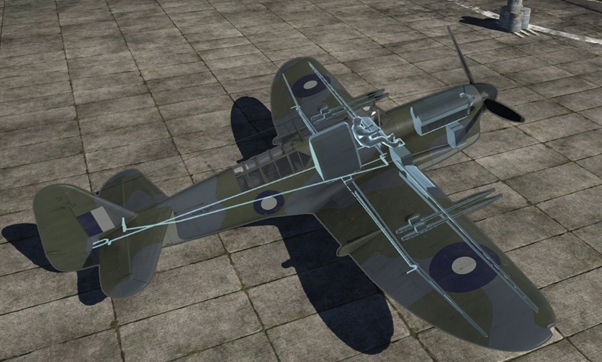 |
|
X-ray view of the Firefly F Mk I |
Within War Thunder the Firefly F Mk I is a Tier III aircraft situated early on in the Fleet Air Arm line. The distinctive feature of the Firefly Mk I is its characteristic chin radiator that supports the powerful Rolls Royce Griffon engine, later variants of which can also be seen on the late model Spitfire and Seafires. The aircraft is one of the first examples of a 4 cannon fighter aircraft available to pilots and boasts an impressive array of external weaponry to complement this. Despite its 4 x 20mm Hispano Mk II cannons, its biggest weakness as a fighter is its incredibly scarce ammunition supply of just 240 rounds for all 4 cannons. This requires pilots of the Firefly to be extremely conservative with their trigger discipline should they operate this aircraft solely as a fighter in combat. Alternatively the Firefly can mount 2 x 250lb, 2 x 500lb or 2 x 1000lb bombs with one under each wing. The final weapon upgrade, HRC Mk 8, allows for the instillation of 8 x 76mm RP-3 rockets, further boosting its ground attack capabilities.
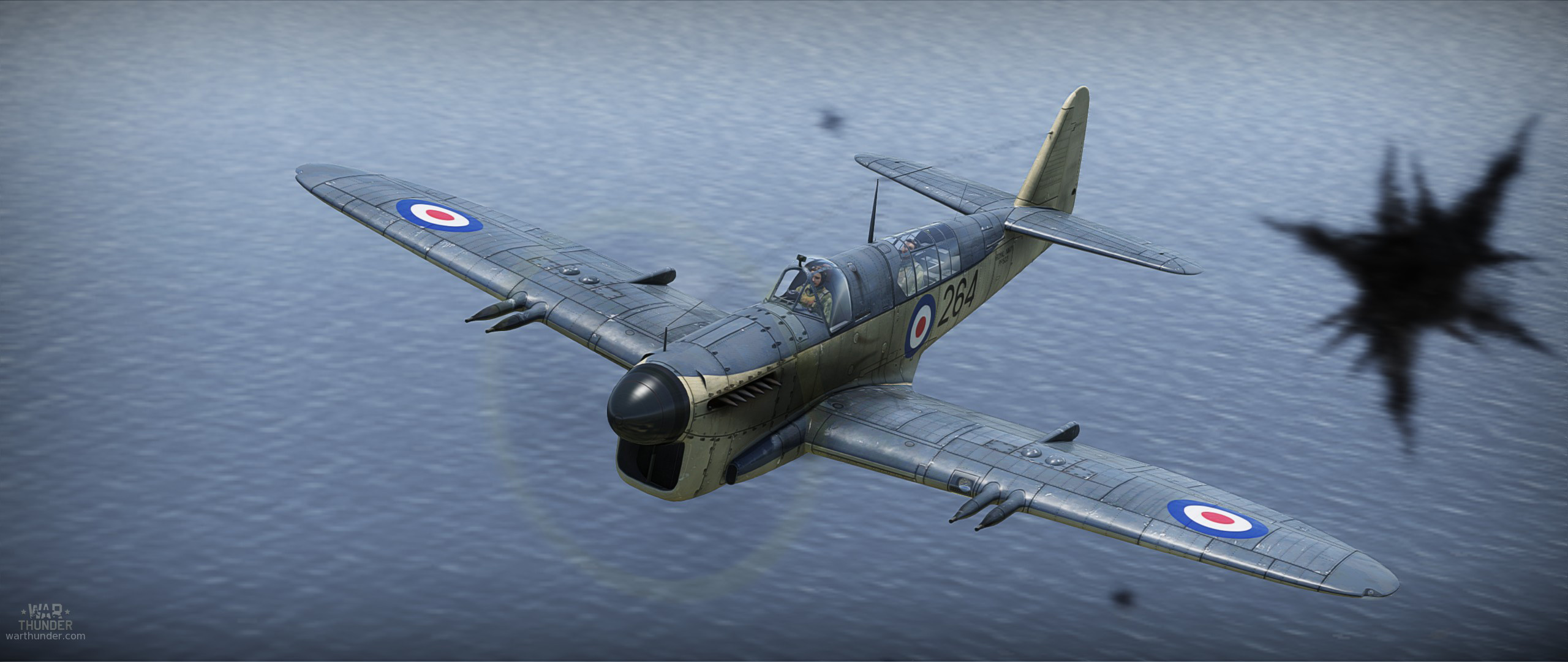 |
|
Mk 1 Firefly skin, made by |
The Firefly often struggles in initial climbing due to the heavy weight and large size of the aircraft. Once engaged however, the Firefly’s “Ace” combat advantage is its exceptional two stage combat flaps. Unlike most aircraft where the flap simply deploys from the wing, the Firefly’s flaps actually swing back to enlarge the wing surface as a whole and create much more lift.
This allows it to turn exceptionally well at low speeds without external ordnance attached and makes landings very simple to perform even on carriers. Coupled with a wide track and durable undercarriage, the Firefly rounds off to be a very forgiving aircraft to fly.
In History:
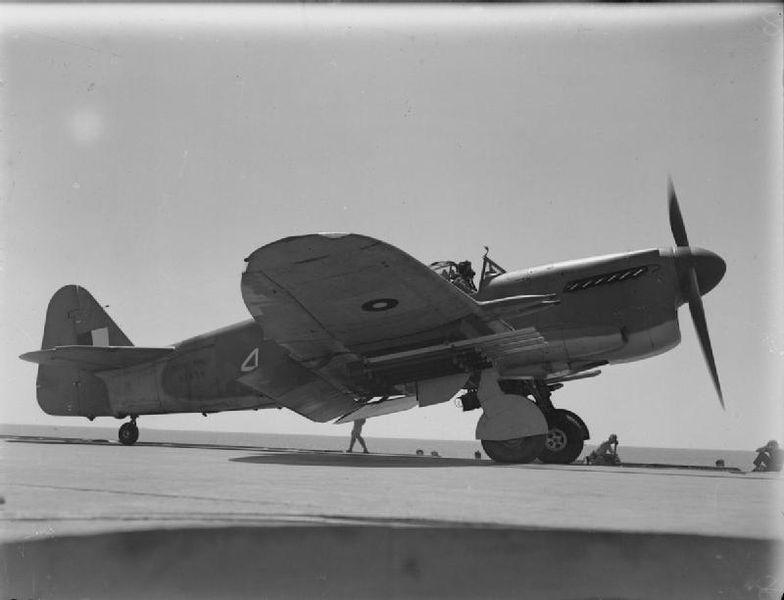 |
|
Firefly F Mk I equipped with rockets awaiting takeoff. |
The Firefly originated as a replacement for both the Blackburn Skua and Fairey Fulmar designs. The tried and tested concept of having two crew, a pilot and an observer, proved to be effective for long range missions where the aircraft would be airborne for an extended period of time. However, the origins of this crew composition were far less well thought out as some of its other features; the late interwar period saw the British Admiralty insist on two crewmembers for any naval aircraft other than those intended for point defense, as it was felt that the complexities of over-sea navigation were too complicated for a pilot to carry out whilst simultaneously controlling the aircraft. This would however limit the performance of the aircraft due to the extra weight and size. First taking to the skies in 1941, the Firefly had an impressive 4 x 20mm cannons; a massive improvement over the Fulmar’s 8 x 0.303 inch (7.7mm) Browning Machine guns. The first model was to use a Rolls Royce Griffon IIB engine that was a significant boost over the Fulmar’s Rolls Royce Merlin.
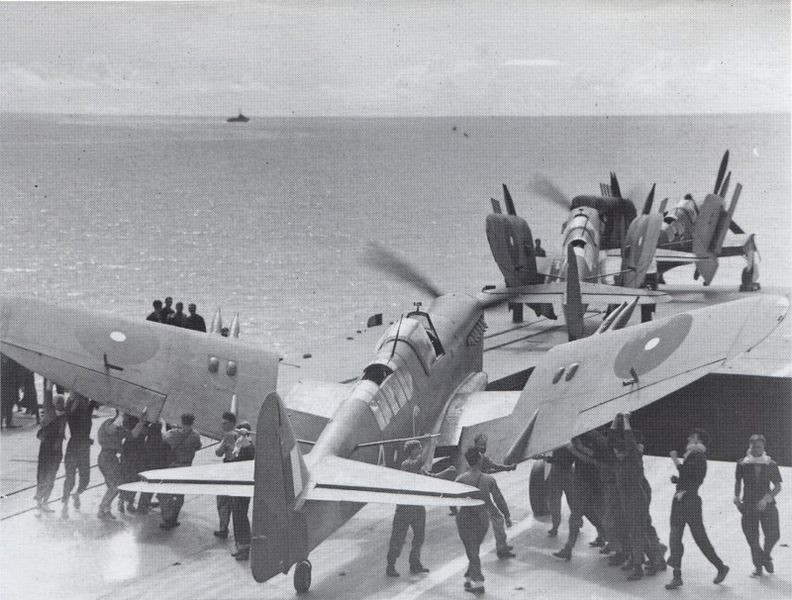 |
|
A Firefly on board HMS |
Early on, the Firefly had a rough start before finally reaching naval squadrons in 1943 and becoming fully operational in 1944. As well as taking part on the Tirpitz attacks - providing cover and support - the aircraft mainly served with the British Pacific Fleet. Proving its worth in this theatre of operation, the Firefly continued in service and was refined in later models to greatly improve the performance. Fireflies of the Royal Navy’s Fleet Air Arm would once again see service over the skies of Korea in 1950 alongside Seafires and Sea Furies before finally being retired in 1956 after a lengthy career. The Firefly would also serve with several other navies including the Royal Canadian Navy, Royal Netherlands Navy and Royal Australian Navy to name only a few. The Firefly would ultimately bow out of service well into the age of jets only to be replaced with this new breed of naval aircraft and another Fairey designed aircraft, the Gannet.
Scott “Smin1080p” Maynard
In one of the following Updates, we will include the "Evelyn Tentions"
inscription and Emblem of No. 771 Naval Air Squadron, Fleet Air Arm of the Royal Navy:
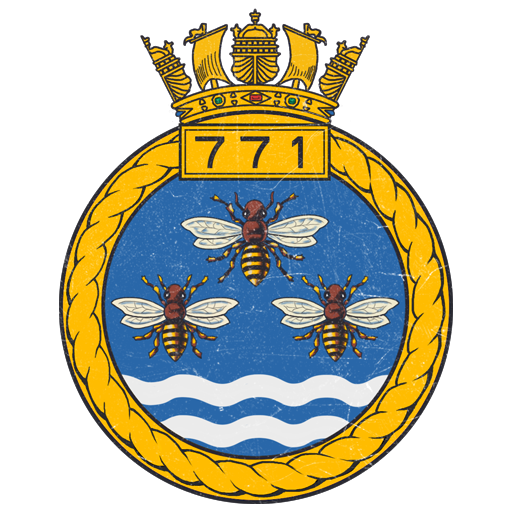 |
 |
Have you had the pleasure of experiencing the Firefly F Mk I?
How did you find it? Let us know in the comments!
The War Thunder Team



